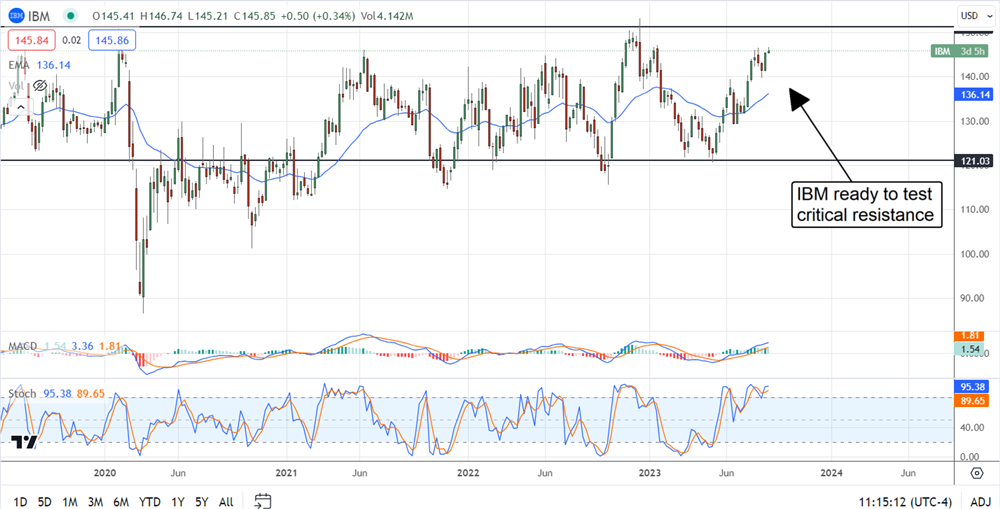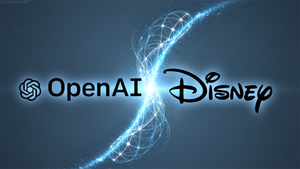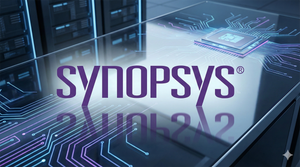
AI is hot. It is expected to grow at a 50% CAGR or higher for the next several years, which certainly looks true for NVIDIA (NASDAQ: NVDA). While NVIDIA has captured the attention of investors, now there is another opportunity with longer legs than a data-center revolution: embedding AI into the devices and services we use daily.
That is a secular shift in computing needs that is already underway. When it comes to the AI market, the development of AI is what’s driving markets now, but infrastructure and services will be the largest, fastest-growing markets over the long term. And income investors can take part.
Analog Devices Is Not Out of the Picture
Analog Devices (NASDAQ: ADI) is far behind NVIDIA when it comes to data centers and the AI revolution that is currently underway, but it is not out of the game. Data centers will be a source of near-term weakness for the company, but the long-term opportunity is robust. Analog Devices has a significant exposure to consumer and other end markets that will demand AI embedded in their chips and assemblies. Among ADI’s advantages is focusing on the low-power microcontrollers needed for AI to run in smaller applications.
Analog Devices is not the highest yield in this group but has a solid payout of 1.9%, with shares near $182. However, ADI has the best outlook for distribution growth, including the lowest payout ratio and highest CAGR. The company has grown its dividend for 20 years, pays out only 30% of earnings, and runs a 12% distribution CAGR for the last 5 years.
Shares of ADI are in an uptrend but recently pulled back to support. The pullback is an attractive entry point and could lead to double-digit gains soon. The analysts rate the stock a Moderate Buy and see it trading about 12% above the recent action. A move to the consensus target of $204 would put the stock at a new all-time high.
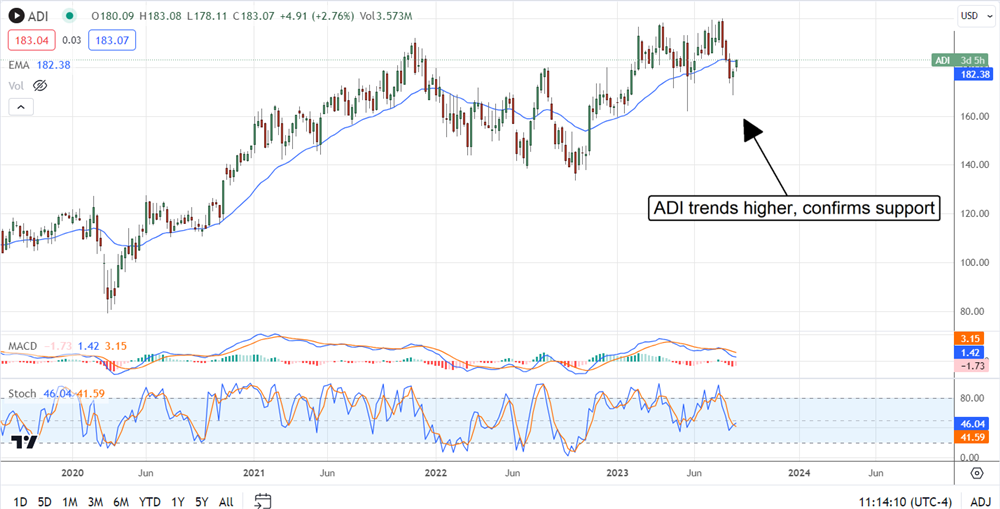
HP Inc. - The PC Revolution Is About To Begin
HP Inc. (NYSE: HPQ) is working hard to embed AI into personal computing devices. The company’s CEO says the goal is for consumers and workers to run AI applications at the edge of computing without relying on the cloud. That is a huge advance in hardware and software technology that will allow AI applications to function without the Internet.
The latest results were weak due to weakness in personal computing. That is expected given the operating environment, but the situation will change as AI applications become embedded in devices. The guidance was also weak but viewed as cautious; given the margin strength, analysts are mixed on the Q2 results but see sufficient strength to sustain the dividend outlook.
HPQ pays a more robust 3.4% yield, with shares trading near $31.50. It is a reliable yield at 40% of the earnings outlook and is growing. The company has increased the distribution for 13 years at a low-double-digit CAGR that should continue this year. The outlook for earnings growth next year is low single digits, so the pace of dividend increases may slow.
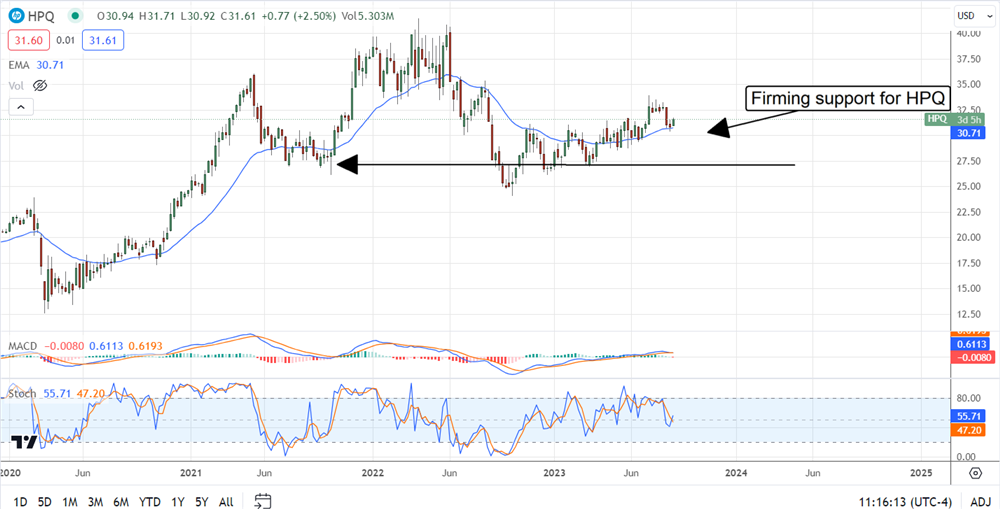
IBM and the Future of AI-Powered Business Services
IBM (NYSE: IBM) is not new to the AI game. Its Watson AI has been around for many years but is now reinvigorated. While IBM's business has normalized below the pandemic, the outlook is for growth as we move forward. The consensus for next year is mid-single-digit revenue growth with wider margins to compound earnings. The takeaway from the AI chatter is that IBM is emerging as a 1-stop shop for AI business services and businesses that want to harness the power of AI, so the estimates are likely cautious.
IBM’s dividend is the largest in the group, yielding nearly 4.55%. The downside is the payout ratio, which is high and over 70%. That’s not a deal-breaker but something to watch as the years progress. IBM is a dividend-growth stock and Dividend Aristocrat.
